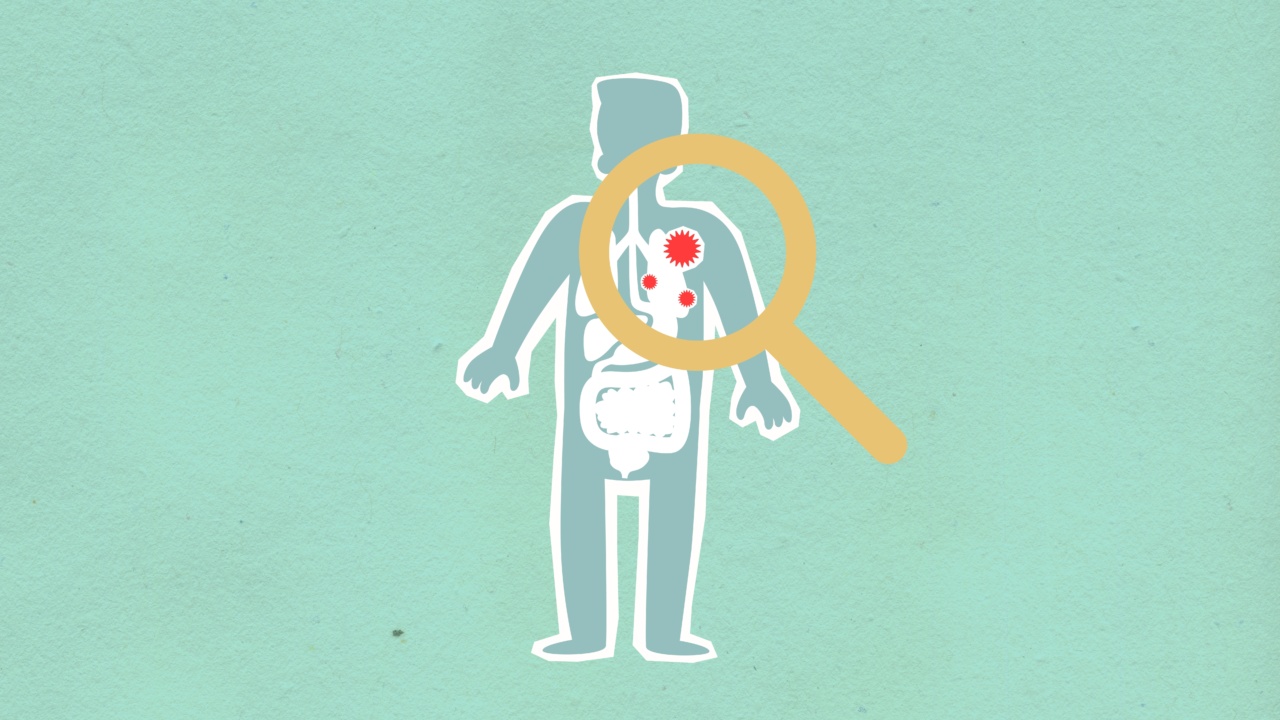Avacitation can be described as the long duration of travel by air or any other means. Venous thrombosis, on the other hand, is a condition that occurs when the blood clots in the veins, which restricts blood flow.
This phenomenon is also commonly referred to as deep vein thrombosis (DVT). The medical community has recently taken an interest in investigating the correlation between avacitation and venous thrombosis risk.
What Causes Venous Thrombosis Risk?
Several factors can lead to venous thrombosis. These include:.
- Prolonged bed rest and immobility
- Injury to the veins that alter blood flow
- Certain medical conditions that affect blood clotting
In addition to these factors, researchers have begun to study the potential link between avacitation and venous thrombosis risk.
The Link between Avacitation and Venous Thrombosis Risk
Studies have demonstrated that the more extended hours spent traveling, the higher the risk of developing DVT.
This correlation is because, while traveling, you are usually sitting in a confined seat for hours, which can cause blood to pool in your legs. Immobility, in turn, can cause blood clots in your legs, which can lead to venous thrombosis.
The probability of developing DVT varies depending on the duration of travel. For example, a study conducted by Heit et al.
(2001) analyzed 1,458 travelers who traveled at least 5,000 miles and found that after traveling for six hours, the risk of developing a venous thrombosis increased by three times. For those who traveled for ten hours or more, the risk increased by 6.2 times. On the other hand, Gavish et al. (2013) conducted a study on 143 subjects and found no significant correlation between DVT and a duration of travel below 8 hours.
Several factors may increase the risk of developing DVT while traveling. These include:.
- Being overweight or obese
- Having a pre-existing history of blood clots or venous thrombosis
- Being pregnant
- Using birth control pills or hormone replacement therapy
- Having a family history of blood clots
Steps to Take to Mitigate Venous Thrombosis Risk while Traveling
If you’re planning a long-distance trip, here are a few steps you can take to mitigate your chances of developing venous thrombosis:.
- Move around periodically or perform leg exercises while seated to improve blood flow in your legs.
- Wear compression stockings, which help improve circulation in your legs.
- Stay hydrated. Drinking enough fluids keeps blood thin and more mobile.
- Avoid high caffeine and alcohol consumption while traveling, which dehydrates your body.
- Seek medical advice before traveling if you are at a high risk for developing blood clots, as your physician may recommend blood thinning medication.
Conclusion
Avacitation is a convenient means of transportation that we often use to travel over long distances. However, studies have shown that avacitation poses a risk of developing venous thrombosis due to prolonged sitting and immobility.
Therefore, it is essential to take necessary measures to reduce the likelihood of developing this condition while traveling. With this knowledge, you can have safe and enjoyable traveling experiences.































